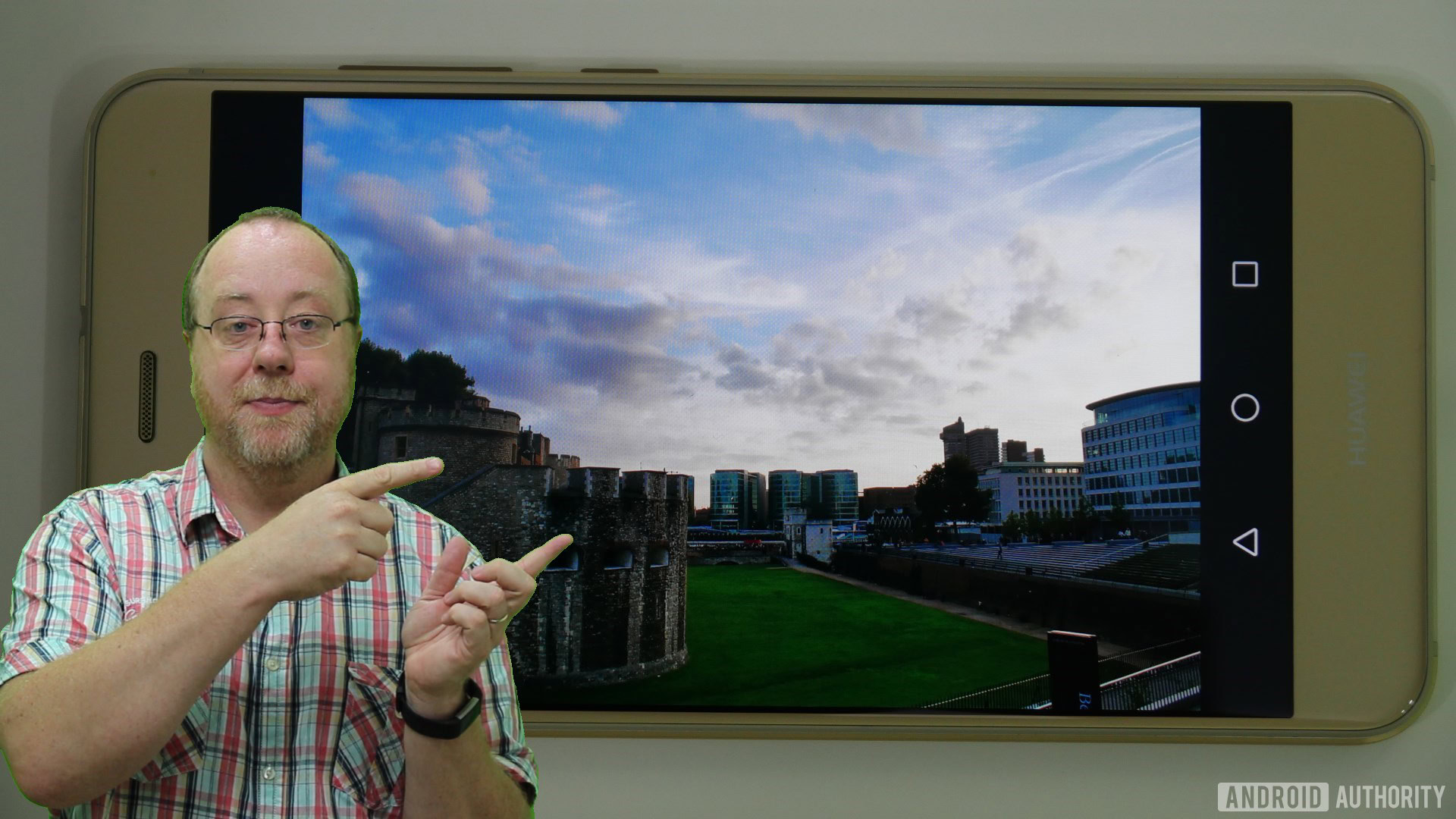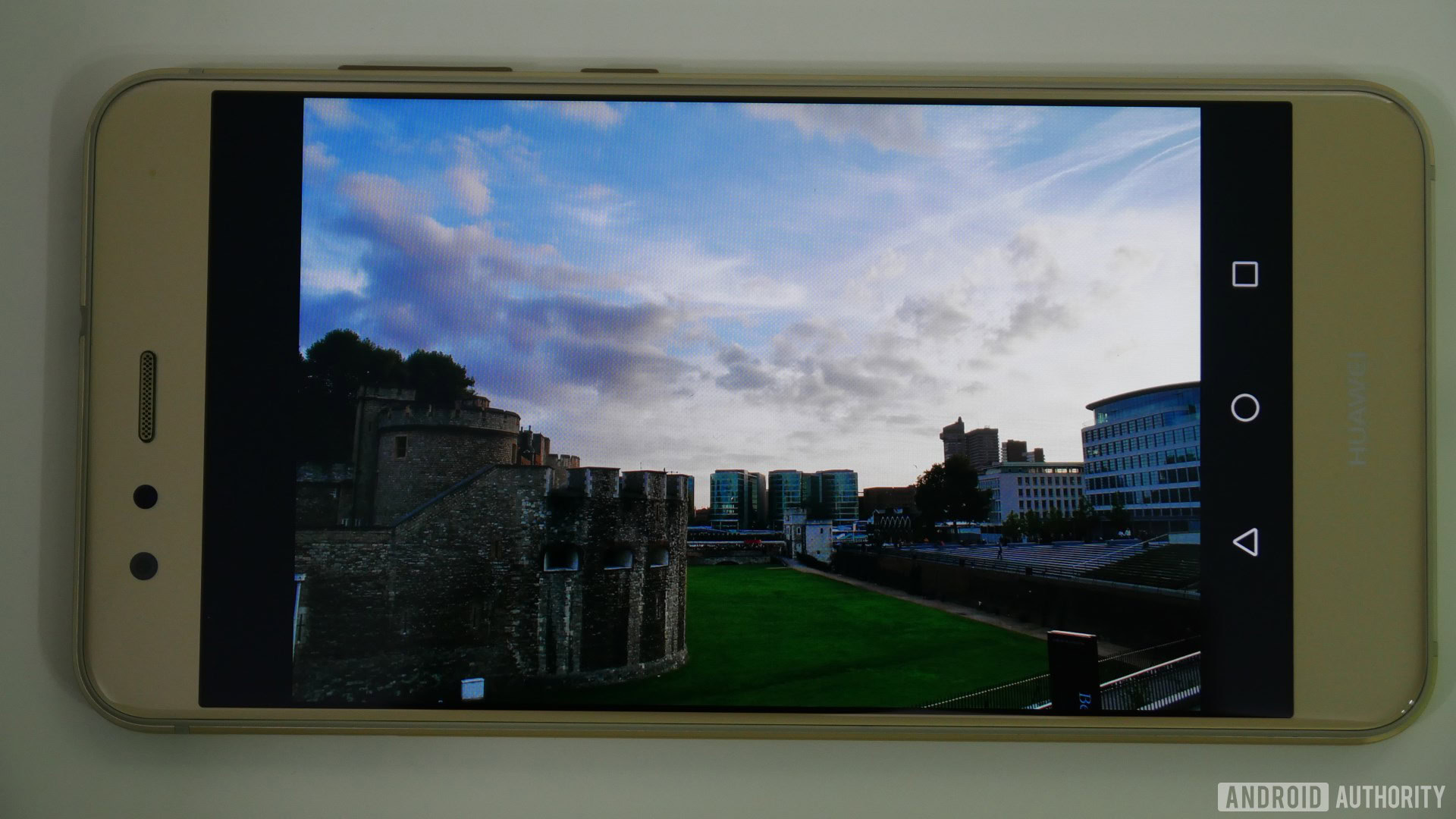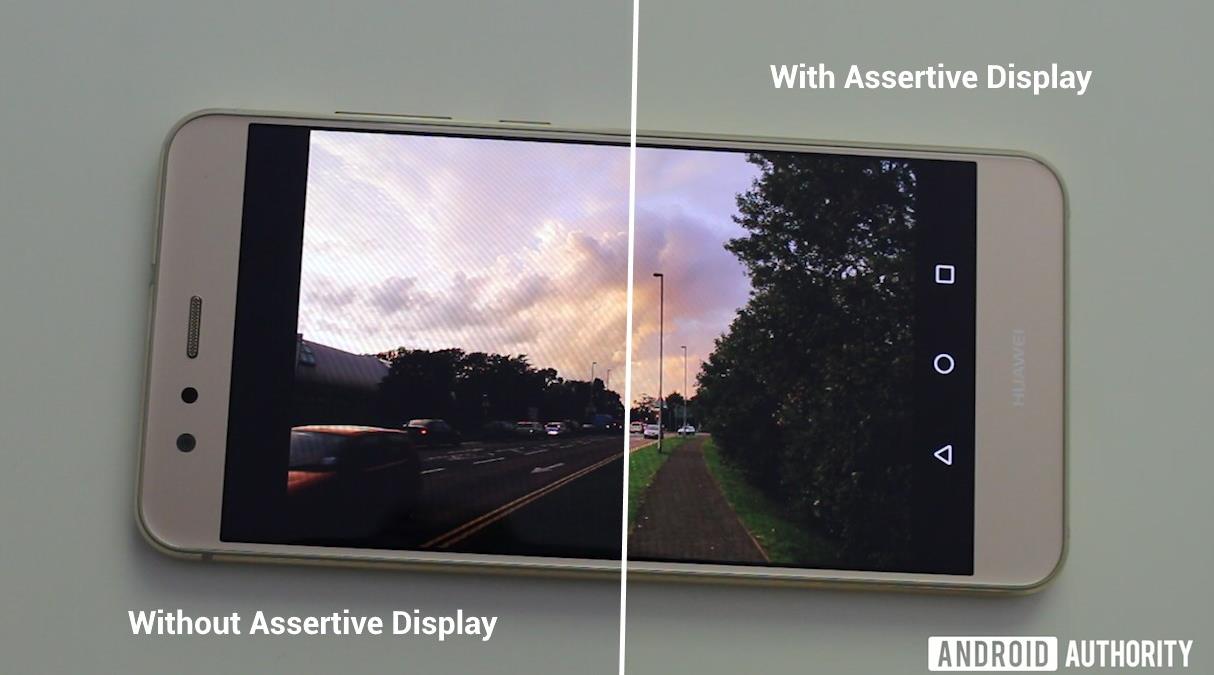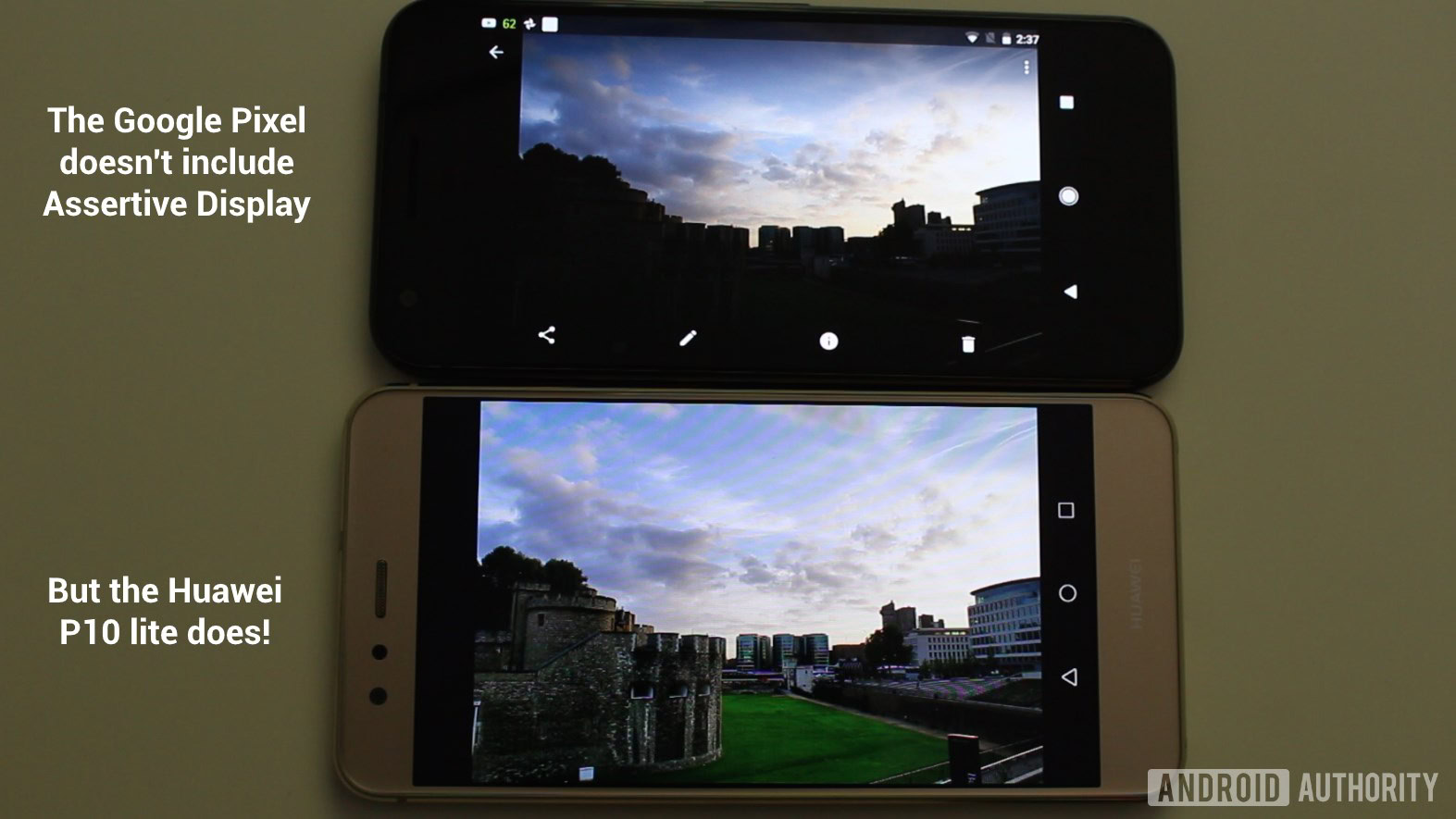Affiliate links on Android Authority may earn us a commission. Learn more.
What is a Sunlight or Assertive Display? - Gary explains

It can be argued that the most important component of a smartphone is its display. Since it is the main way we interact with our handsets, a poor display can mean a poor experience. The display is controlled by a number of integral parts of the System-on-a-Chip including the GPU and the display driver. The former is responsible to generating much of the graphics that will be displayed while the latter is responsible for layer composition and for sending the next frame to the physical display.
In this pipeline an SoC maker can also use other technologies which enhance the display experience. One of the most important is the Assertive Display technology from ARM which allows, among other things, the SoC to improve the display experience in bright sunshine. There are quite a few SoCs that support Assertive Display, however some SoC makers are a bit coy about exactly what is included on their silicon.
If we do a bit of digging, we can uncover a few clues about which SoCs have this sunlight viewability technology. In 2015, Qualcomm announced it was using ARM’s Assertive Display technology in its Snapdragon 800 processor and it is generally assumed that Qualcomm continues to support Assertive Display in all its 800 series SoCs. It also seems that HUAWEI has included Assertive Display in some of its Kirin processors.

The principle method to increase viewability in strong sunlight is to increase the brightness. When you are using your device indoors the screen is automatically dimmed, as the light increases so does the brightness. This is all controlled via the photosensor which is normally located near the earpiece. However, each display can only produce a certain amount of brightness, depending on its type (LCD or AMOLED) and/or its quality. Once a display reaches its maximum brightness there is nothing else that Android can do to improve viewability. Unless the SoC includes Assertive Display, that is.
How it works
When there is no more brightness available from the display it is time to use some clever image processing algorithms. Assertive Display adjusts each pixel in a frame and applies a tone mapping based on how the display and the human eye work. By using both the screen brightness and of the color of each individual pixel, Assertive display is able to increase viewability of the darker areas while stopping the already lighter areas from becoming washed-out.
Because of the tone mapping and pixel processing, the effective screen contrast ratio can be as high as 1000:1, similar to that of a HDR display, even when the real screen contrast is ratio much lower. This image processing technique isn’t just for photos, it also works with movies and with games.

One of the happy side effects of using Assertive Display is that the screen brightness can actually be reduced, even when outdoors. Because the image processing is able to boost the effective contrast ratio then the real contrast ratio can be reduced (by lowering the brightness). The result is that screen power overall can be reduced dramatically, even as much as by 50 percent! This translates directly into less battery drain.
HUAWEI P10 lite
One phone that has a sunlight viewability option is the HUAWEI P10 lite. Under the phone’s display settings, there is an option to “Increase readability under sunlight”. According to my research this is the option to enable or disable Assertive Display. What is interesting is that the bigger sibling to the P10 lite, the normal P10, doesn’t include this option!
To test the abilities of Assertive Display, I used some photos with large dynamic differences, i.e. bright areas like the sky and darker areas in the shade. I displayed the photo and then tried different levels of brightness. Then with the brightness level at 100%, I tricked the phone into thinking it was outdoors in bright sunlight by shining a torch directly onto the photosensor.
After a moment’s delay, Assertive Display kicks-in and the photos take on a whole new dynamic.

Wrapping up
Assertive Display can dramatically improve outdoor viewability while saving battery life. If you ask me that should just about make it mandatory on every Android device. Sadly it isn’t, and worse still many OEMs are being too secretive about the display driver technologies that are included in their products. The OEMs seem happy to talk about display panels (pixels-per-inch, contrast ratios, and so on) but as yet they haven’t embraced the idea of sharing details of the tech that is in-between the GPU and the display panel. I hope OEMs will take note and remember that any differentiator is important in the already over-saturated smartphone market.